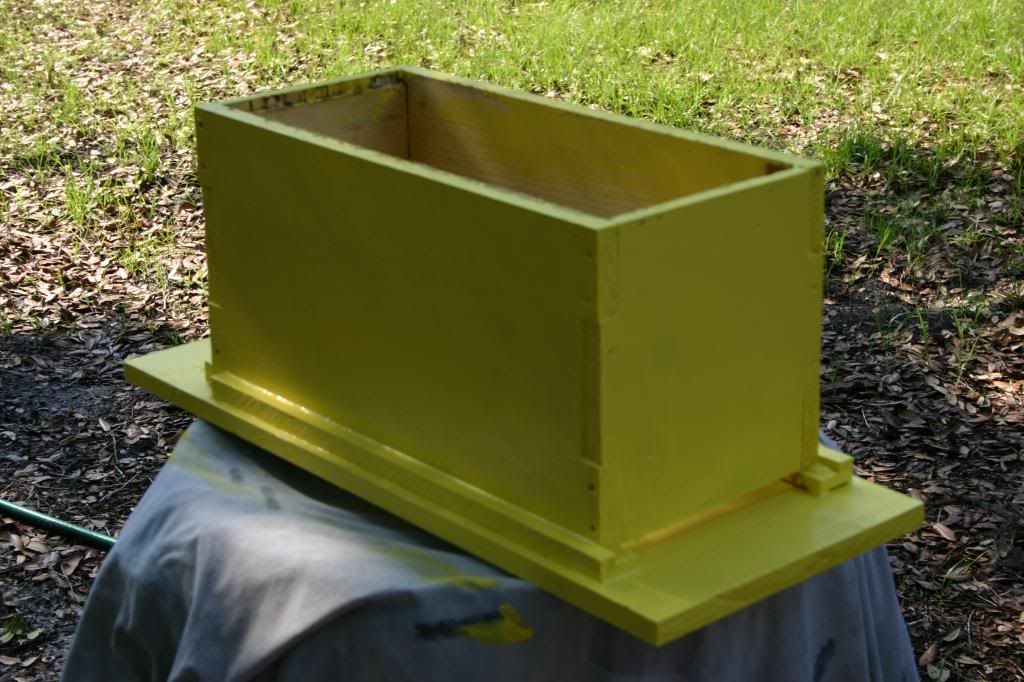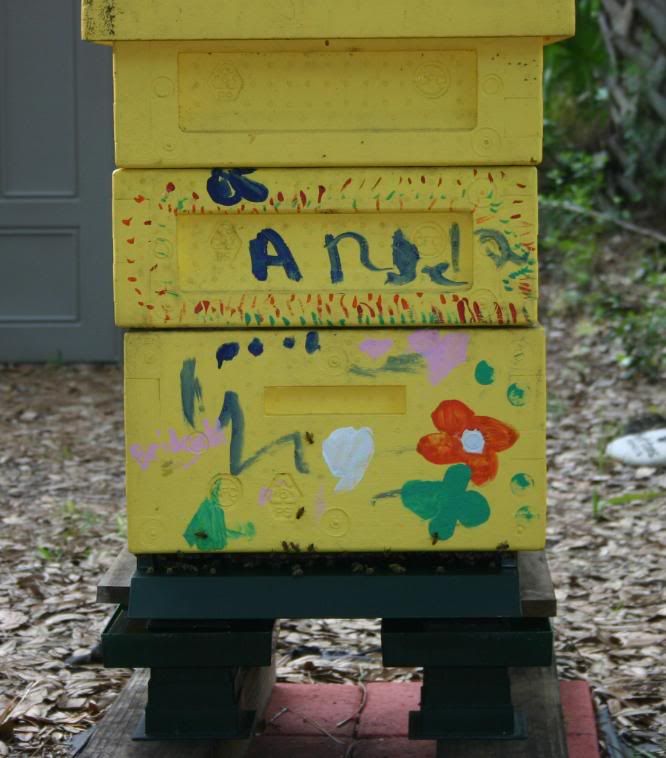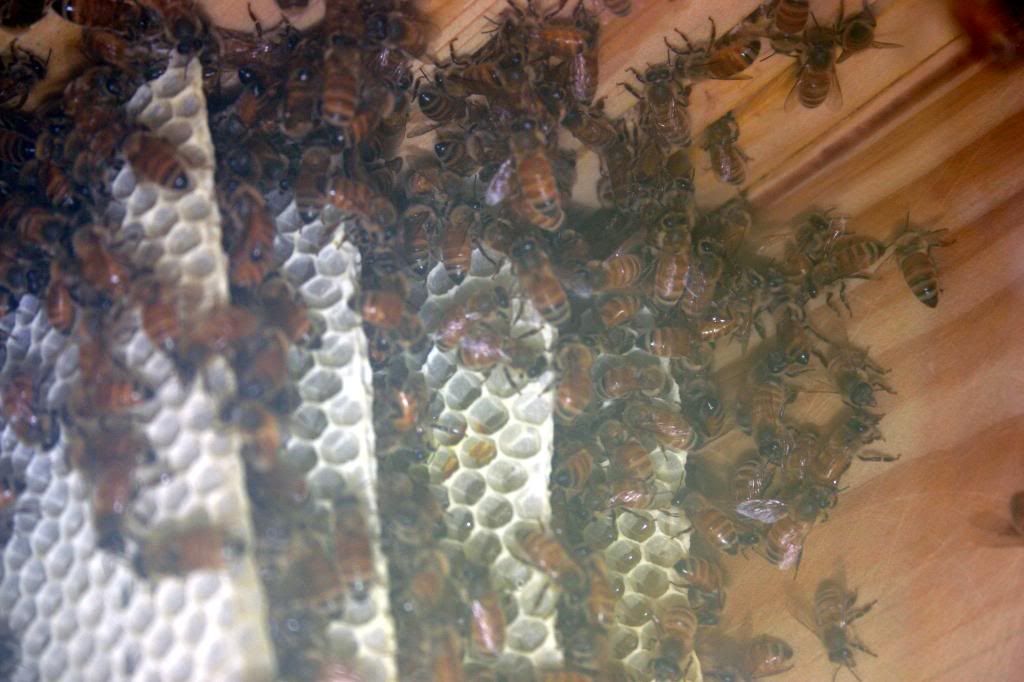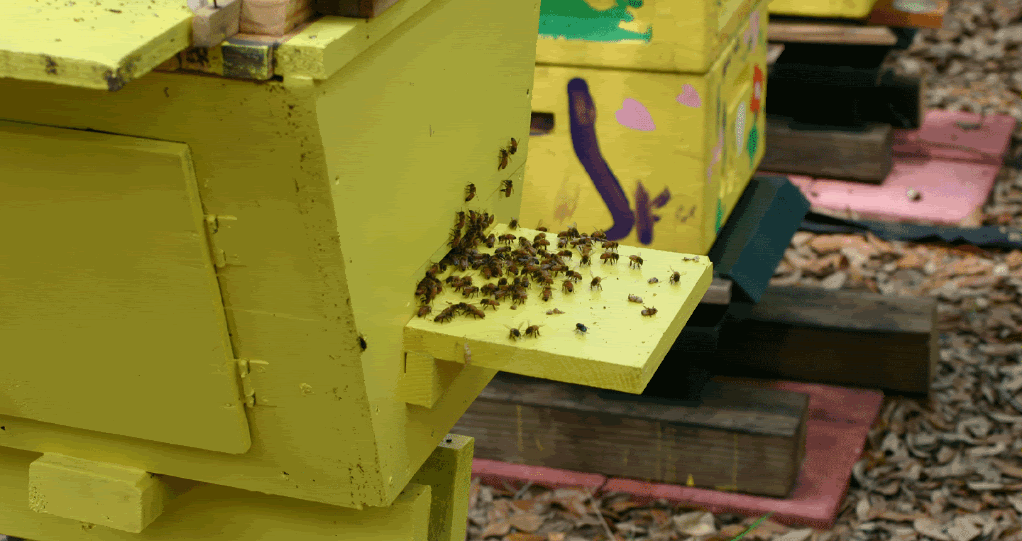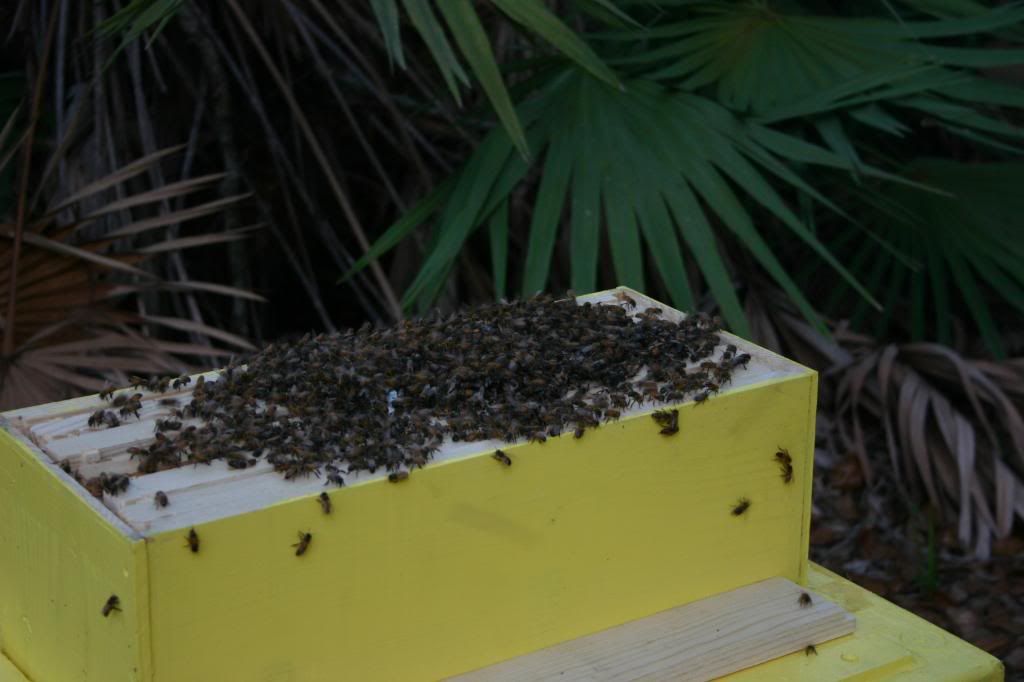Once things dried up the middle of last week, I ventured for a look see on my last remaining hive and found two capped suppers and a very strong hive. Talk about being caught completely unprepared. I also got stung once on the back of my upper arm which upped the sting count to 10. My reactions are definitely diminishing by the sting.
Unless your goal as a beekeeper is to have your hives swarm out, two capped suppers and a strong hive is a good indicator for the beekeeper to take a supper or two off. My plan was remove both suppers off (9 frame wooden frames, 10 frame plastic frames), and replace them with a new nine frame supper (Wooden frames). Things didn’t go as planned. I’ll write a how to when things go right, but for now up the sting count by another three. One found a way under my veil and got me on my neck, one got me on my right shoulder, and one followed me all the way to the garage. The minute I removed my veil it got me on my ear.
The current configuration of the hive is as follows. Deep 10 frame (plastic), queen excluder (which I would like to remove), 10 frame supper (plastic) that can come off in a week or two, and a brand new 9 frame (wooden) supper.  I removed six wooden frames from the nine frame top supper. Two frames were about 30 percent drawn out with no honey, and one was fully drawn out, but the honey was only capped on one side.
I removed six wooden frames from the nine frame top supper. Two frames were about 30 percent drawn out with no honey, and one was fully drawn out, but the honey was only capped on one side.
How much honey from 6 frames? 264 ounces = 22.01 cups = almost 1 ½ gallons of Honey. Two 32 ounce jars have honey, all others are just filtered honey.
This is how I processed the raw honey. Once indoors I:
- Cut the honey comb out of the frame.
- the comb that will be use for comb honey (do not uncap) and then everything else is crush and strain. Here I am crushing comb with a mash potato masher.
- Once it’s mashed I pushed the comb to one end of the Tupperware and inclined the container so the honey runs to the side free of comb. In Florida the heat of my garage helps the honey run to one side in about 10 minutes.
- Allow the frames and crush comb to drip some more
- Drain the separated honey into a bucket with a filter. I like to use a two stage filter. Medium filter, and then a fine filter.
- Bottle and label if you wish
Wonder what the stomachache is??? One too many helpings of raw honey…the kids and I love comb honey. I hope to repeat this in a few weeks with the bottom supper, and then hopefully once more in November with the Pepper tree flow






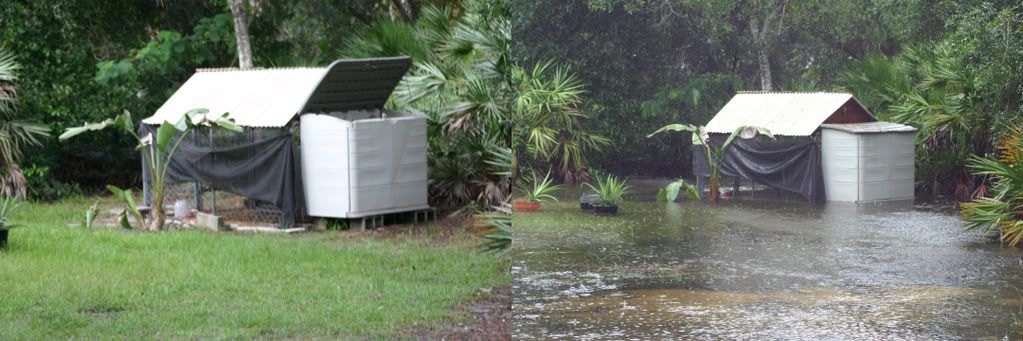
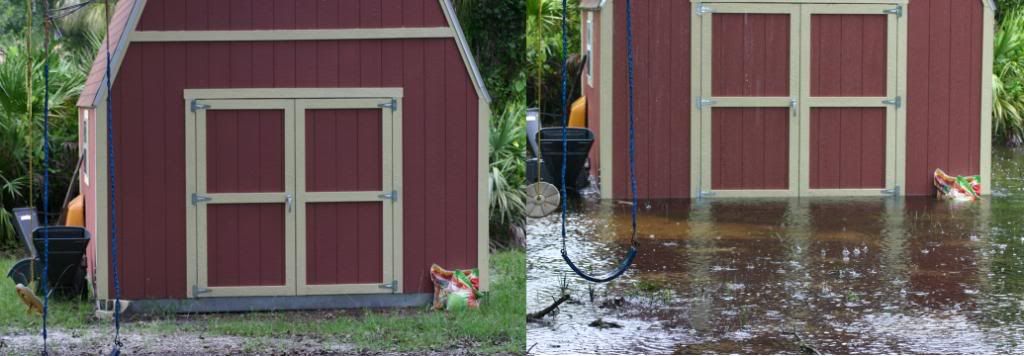
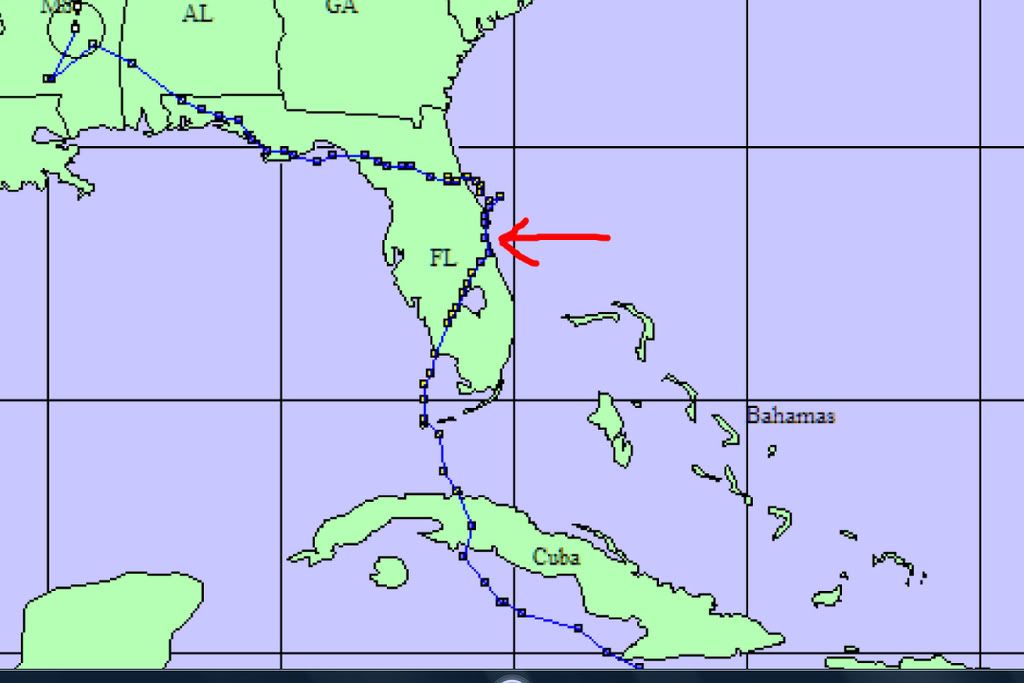






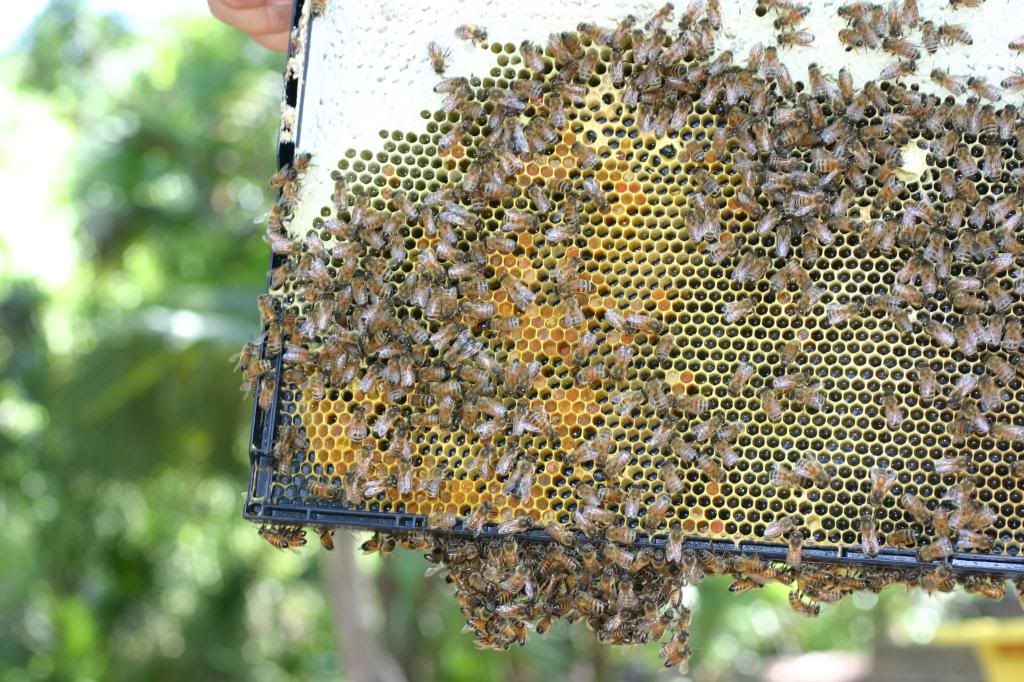



 Aside from the one frame (from the supper) that I pulled out of my original hive that should not have the one thing missing ……. what is missing??????? Anyone see any brood or eggs? I didn’t …… anyone know why?? There are two ponds with in 50 feet so is not lack of water. The hives had plenty of honey stores and pollen stores. so why is no one laying???? Are there queens? Not much I can do now. I’ll wait two more weeks and go in for a full queen search, and maybe prepare to combine hives.
Aside from the one frame (from the supper) that I pulled out of my original hive that should not have the one thing missing ……. what is missing??????? Anyone see any brood or eggs? I didn’t …… anyone know why?? There are two ponds with in 50 feet so is not lack of water. The hives had plenty of honey stores and pollen stores. so why is no one laying???? Are there queens? Not much I can do now. I’ll wait two more weeks and go in for a full queen search, and maybe prepare to combine hives.
